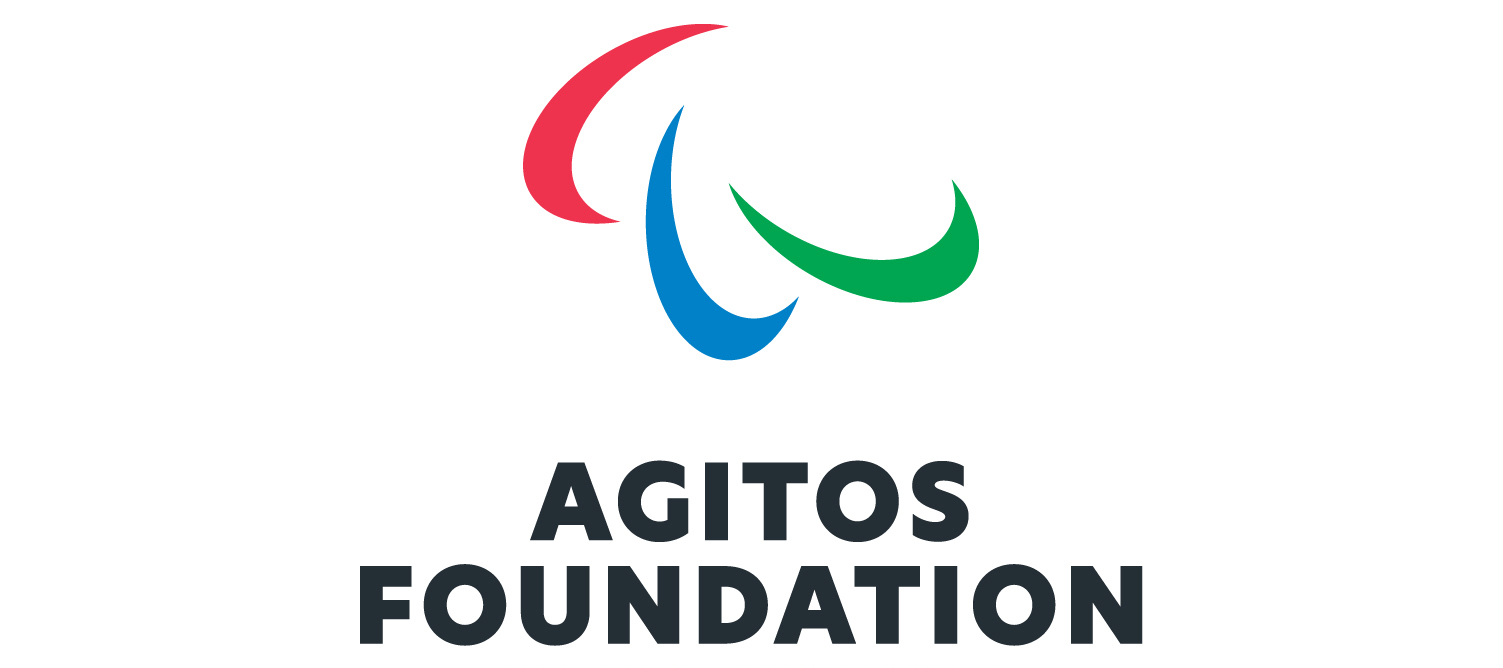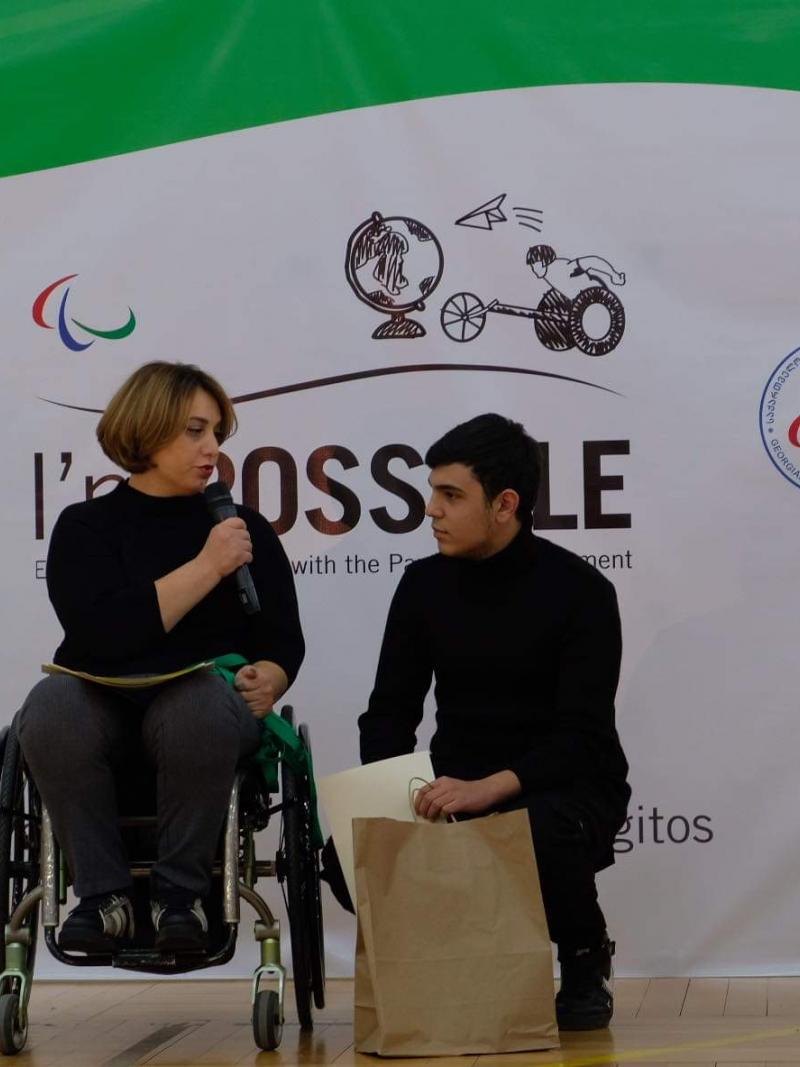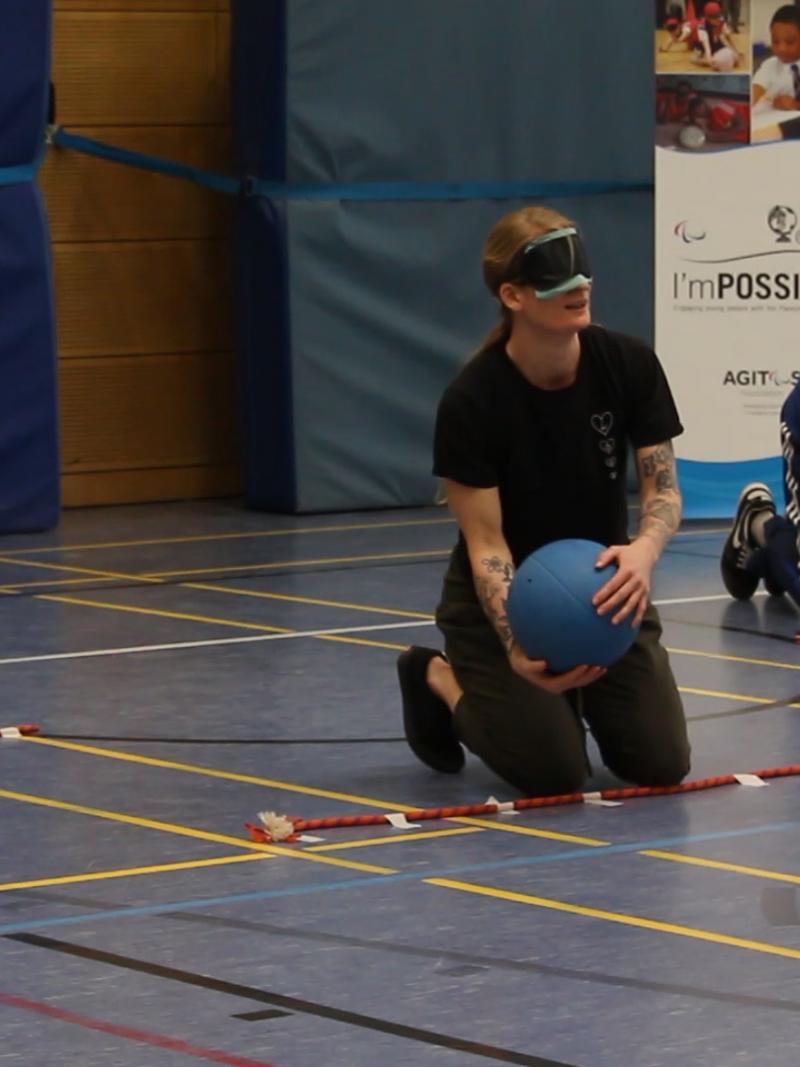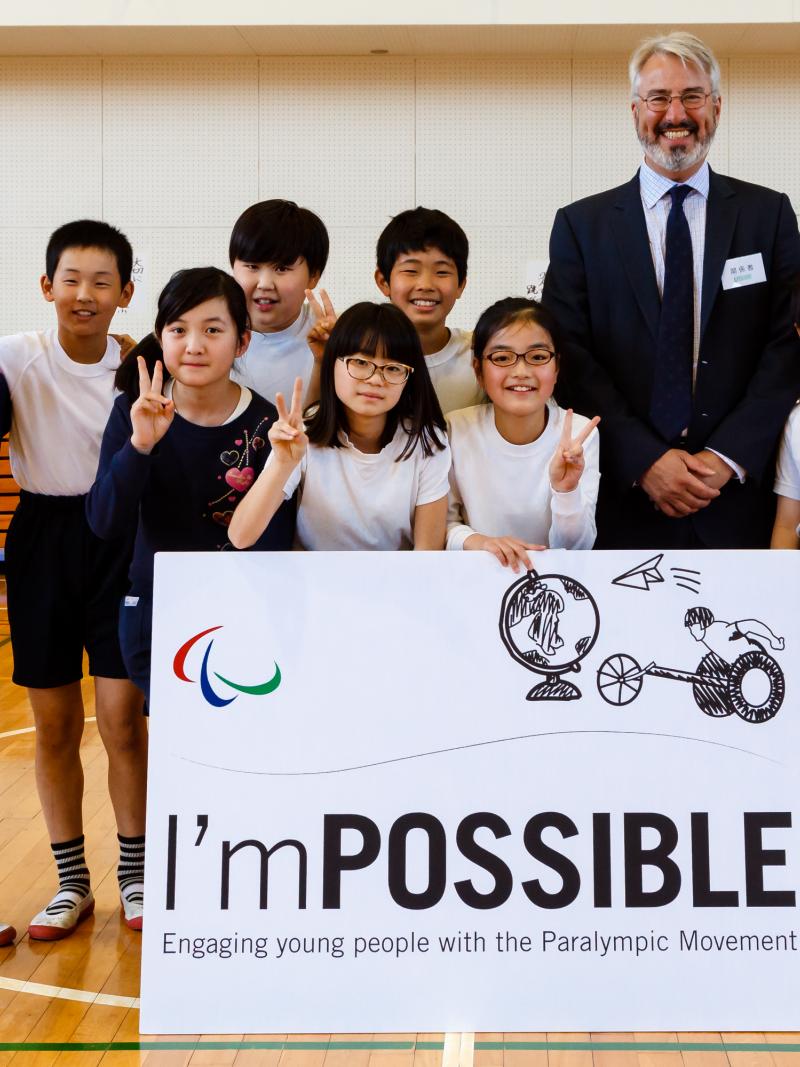Paralympians lift schoolchildren’s spirits during I’mPOSSIBLE video calls
Schools in Australia and Japan continue IPC’s education programme through testing times 05 Sep 2020Paralympians passed on messages of hope and strength to pupils across schools in Australia and Japan who have worked through the challenges of the COVID-19 pandemic.
As part of the International Paralympic Committee’s (IPC) global education programme I’mPOSSIBLE, local Para sports stars connected virtually to classrooms in their respective countries. They shared their personal stories and even opened up about the disappointment and adjustment to the postponed Tokyo 2020 Paralympic Games next year, when the I’mPOSSIBLE Award will also be presented in the Closing Ceremony, scheduled for 5 September 2021.
Such talks were what the students needed more than ever, Japanese Paralympic champion Miki Matheson said.
“Teachers were telling us that I’mPOSSIBLE lessons brought back the sparkles in the students’ eyes, which was really nice to hear,” she said. “It encouraged more discussions among the children. Apparently, most of the kids were communicating less than before. Perhaps they’ve become uncomfortable, as some teachers said the classrooms are unbelievably quiet. But the I’mPOSSIBLE lessons brought energy back into the students.”
I’mPOSSIBLE was globally launched in December 2017, aiming to promote social inclusion by raising awareness of the Paralympic Movement, and Japan was the first nation to utilise the programme’s teaching resources (e.g. lesson plans, worksheets, videos) into schools.
The COVID-19 outbreak, however, derailed school schedules around the world. In Japan, Matheson said extra stress has been on teachers to create lessons plans for remote learning and adjust to reduced class sizes and time. But I’mPOSSIBLE helped uplift the schoolchildren.
“A grade 5 student said that ‘the Paralympians gave me strength to bear with this situation and make me focus to what I can control,’” said Matheson, one of the Paralympians who spoke to a classroom. “That was nice to hear, and I think we can help them get through this uncomfortable situation.”
Australia Paralympics launched the Paralympic education programme in the country in February, with a plan to travel to schools in each state for face-to-face interactions. Those plans changed in March, but they brainstormed how to work around the situation.
“Teachers have commented how good it has been to break up remote learning and offer something different because there is only so much you can do via video and remote learning. So, to have somebody else’s company and talking to them was helpful,” said Australia Paralympics education manager Jenny Blow.
Australian Paralympians such as swimmer Blake Cochrane, table tennis player Melissa Tapper, cyclist Carole Cooke and canoeist Curtis McGrath tuned in digitally to schools around the country.
Blow would help moderate the conversations and recalled positive engagement between the athletes and pupils such as Para canoeist Daniel Littlehales, who was only 16 at his Paralympic debut in Rio. He spoke to a special needs class who were also athletes.
“He did a great chat with them on how can you refocus or what else can you do to reset your goals. That was a really nice conversation with kids who were going through the same thing as him but on a different level,” Blow said.
In addition to getting up to speed with technology and making the I’mPOSSIBLE resources accessible to teachers, Blow recommended playing games with the pupils and think of other creative ways to engage with them digitally—and also have control of the mute button.
“Sometimes when you have 70 kids who can unmute themselves, that can be quite challenging,” Blow joked. “I think the biggest lesson is just to let the kids take control of the conversation.The real way you can get the best learning and the most interaction is to have enough time for Q&As, for example.
“Para cyclist Alistair Donohoe was on one week and he mentioned his dog. Then we got like 50 questions about dogs. You may think this is silly, that it doesn’t relate. But yes it does. They are seeing Alistair as a normal person.”

 Facebook
Facebook
 Instagram
Instagram
 Twitter
Twitter
 YouTube
YouTube





